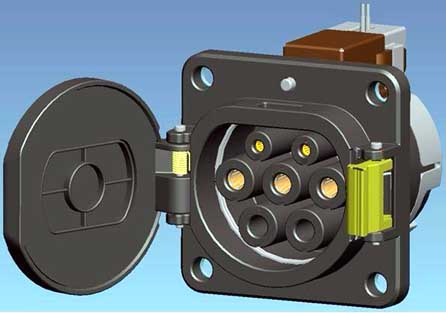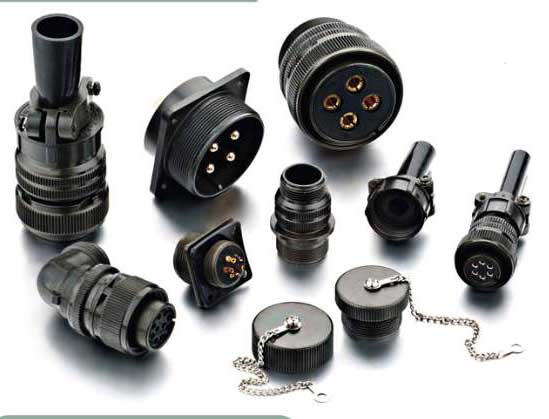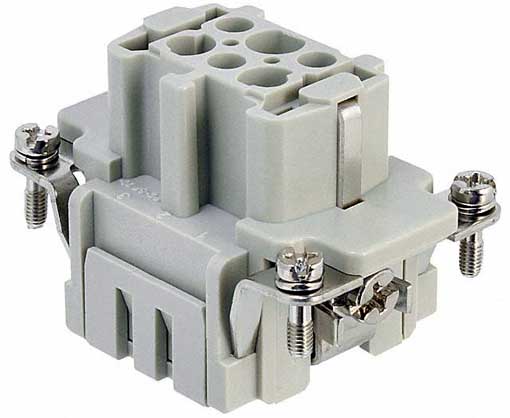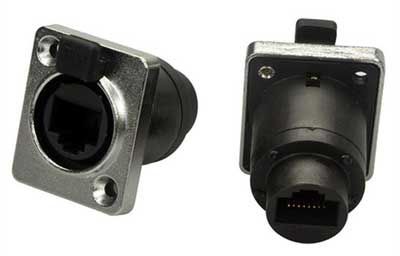Electrical parameters of electrical connectors

Electrical connectors are electromechanical components that connect electrical circuits. Therefore, the electrical parameters of the electrical connector itself are the first consideration when choosing a connector.
Rated voltage of electrical connector
The rated voltage is also called the working voltage, which mainly depends on the insulating material used in the connector and the distance between the contact points. Some components or devices may not perform their proper functions when the voltage is lower than their rated voltage. The rated voltage of the connector should in fact be understood as the highest working voltage recommended by the manufacturer. In principle, the connector can work normally at a voltage lower than the rated voltage. The author tends to select the rated voltage reasonably according to the withstand voltage (electric strength) of the connector, the use environment and the safety level requirements. In other words, the same withstand voltage index can use different maximum working voltages according to different use environments and safety requirements. This is also more in line with objective usage.

Rated current of electrical connector
Also known as working current. As with the rated voltage, the connector generally works normally when it is lower than the rated current. In the connector design process, the thermal design of the connector is used to meet the rated current requirements. Because when current flows through the contact pair, the contact pair will generate heat due to conductor resistance and contact resistance. When its heat exceeds a certain limit, it will destroy the insulating layer of the connector and form a contact to soften the surface plating, causing malfunction. Therefore, to limit the rated current, in fact, the temperature rise inside the connector must not exceed the specified value of the design. The issues to pay attention to when choosing are: For multi-core connectors, the rated current must be reduced. This should be paid more attention to in large current occasions. For example, a φ3.5mm contact pair is generally specified to have a rated current of 50A, but it must be derated by 33% when it is 5 cores, that is, the rated current of each core is only 38A. The more cores, the smaller the rated current used.

Electrical connector contact resistance
Contact resistance refers to the resistance generated by two contact conductors at the contact portion. Two problems should be noted when choosing:
1, The contact resistance index of the connector is actually the contact resistance, which includes the contact resistance and the contact resistance to the conductor. Usually the conductor resistance is small, so the contact-to-resistance is called contact resistance in many technical specifications.
2, In the circuit connecting small signals, pay attention to the conditions under which the given contact resistance index is tested. Because the contact surface will be attached with oxide layer, oil stains or other contaminants, film resistance will occur on the surfaces of the two contact parts. When the film thickness increases, the resistance increases rapidly, and the film becomes a poor conductor. However, the film will undergo mechanical breakdown under high contact pressure, or electrical breakdown will occur under high voltage and large current. For some small-volume connectors, the contact pressure is quite small, and the use occasions are only mA and mV levels. The film resistance is not easy to be broken down, which may affect the transmission of electrical signals. One of the contact resistance test methods in GB5095 "Basic Test Procedures and Measurement Methods for Electromechanical Components Used in Electrical Equipment" is "Contact Resistance-Millivolt Method". In order to prevent the insulating film on the contact from being broken down, the DC or AC peak value of the open electromotive force of the test circuit should not exceed 20mV, and the DC or AC test current should not exceed 100mA.

Shielding of electrical connection
In modern electrical and electronic equipment, the density of components and their related functions are increasing day by day, which puts forward strict limits on electromagnetic interference. Therefore, the connector is often enclosed with a metal shell to prevent internal electromagnetic energy radiation or interference from external electromagnetic fields. At low frequencies, only magnetic materials can significantly shield the magnetic field. At this time, there are certain regulations on the electrical continuity of the metal shell, that is, the shell contact resistance.
In modern electrical and electronic equipment, the density of components and their related functions are increasing day by day, which puts forward strict limits on electromagnetic interference. Therefore, the connector is often enclosed with a metal shell to prevent internal electromagnetic energy radiation or interference from external electromagnetic fields. At low frequencies, only magnetic materials can significantly shield the magnetic field. At this time, there are certain regulations on the electrical continuity of the metal shell, that is, the shell contact resistance.
PREVIOUS:NONE
NEXT:Connector Safety Parameters and Mechanical Life
NEXT:Connector Safety Parameters and Mechanical Life





